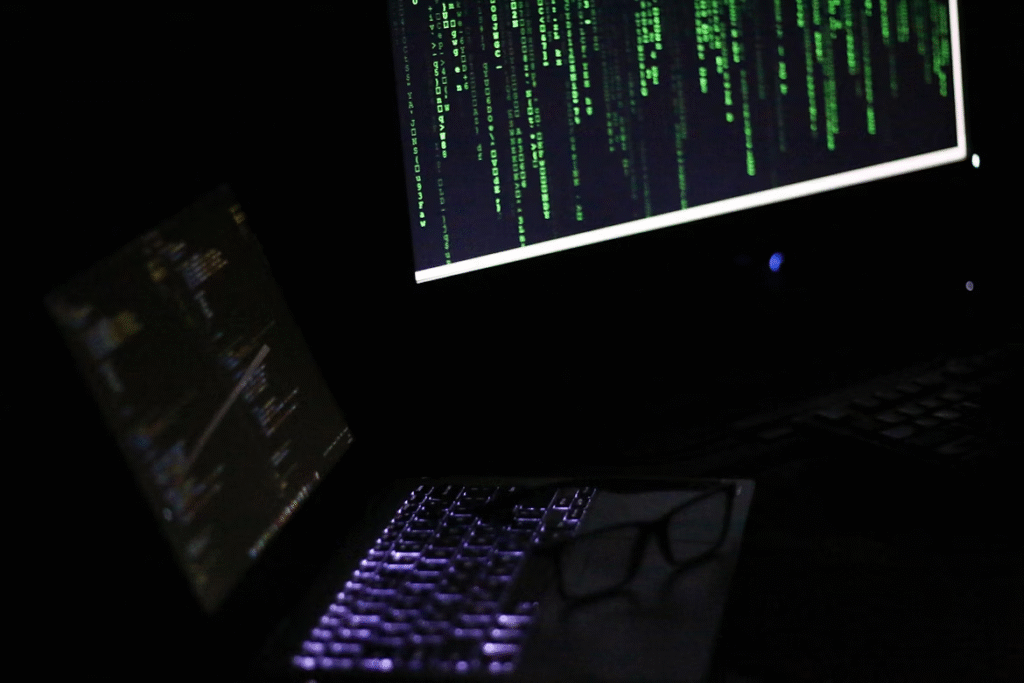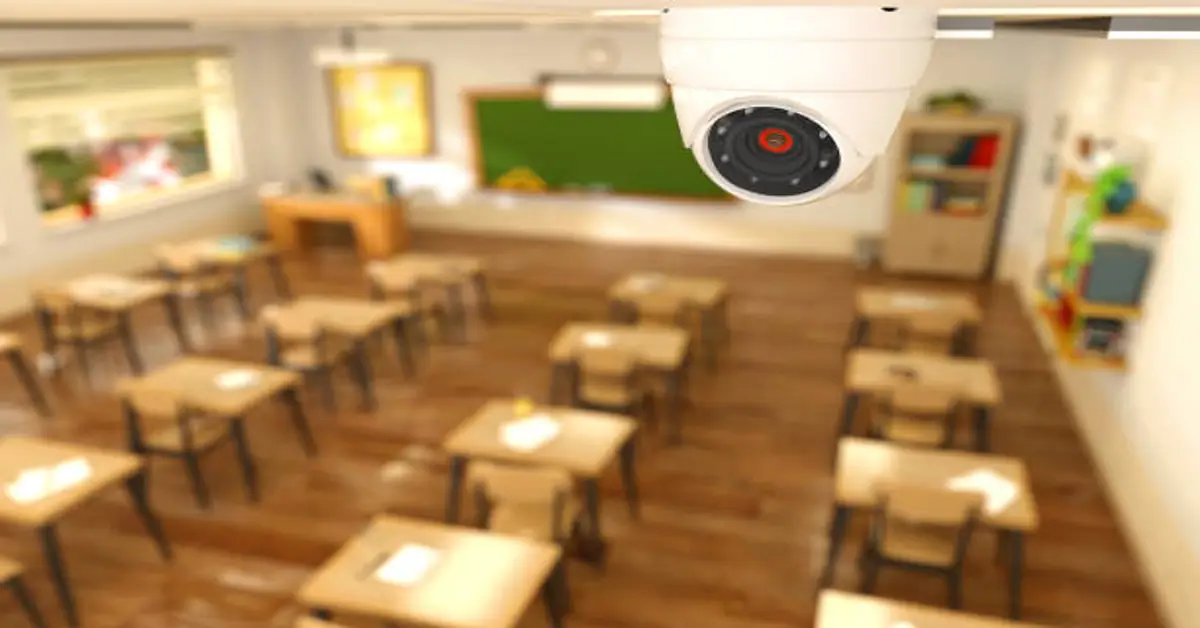Technology enhances the learning experience but introduces a host of security challenges. Operational technology (OT) plays a pivotal role in facilitating various classroom functions, from managing HVAC systems to ensuring that personal devices connect securely.
Teachers often navigate these complexities without an adequate grasp of the unique security risks associated with OT. As such, understanding these challenges becomes important for fostering a safe and conducive learning environment.

Defining Operational Technology in Education
For educators, understanding what constitutes operational technology is vital in recognizing its implications. OT refers to the hardware and software that detects or causes changes through direct monitoring and control of physical devices, processes, and events. Examples in classrooms include smart boards, security cameras, and internet-enabled instructional materials.
These tools serve to enhance the educational experience but come with potential vulnerabilities. Many wonder what is operational technology from a security angle, and the answer reflects the interconnectedness of devices and their susceptibility to cyber threats. Since OT connects to IT systems, a breach could compromise sensitive data or disrupt classroom operations, making it vital for educators to stay informed about these interactions.
Proper management of OT in education involves implementing security protocols and regular updates to devices. Teachers and staff should be trained to recognize potential threats and follow best practices for safe usage. Network segmentation can help isolate OT from critical IT systems, reducing the risk of widespread disruption. Monitoring and auditing OT devices ensures that any anomalies are detected early.
The Role of Teachers in Security
Teachers are on the front lines of OT security as they directly interact with technology daily. Their responsibilities extend to monitoring the devices in their classrooms and ensuring compliance with security policies.
Training is vital to empower teachers to recognize potential threats, like phishing attempts or malware infections, that could infiltrate devices connected to the school’s network. Engaging in professional development on OT security can better equip teachers to safeguard their classrooms from various risks.
Cultivating cyber-awareness among students reinforces a culture of security. When students become involved in discussions about cybersecurity, they learn the importance of protecting their information and respecting the property of others, nurturing responsible digital behavior.
Challenges Posed by Connected Devices
The proliferation of connected devices adds layers of complexity to classroom security. Many schools implement various technologies, including tablets, laptops, and smart educational tools, which can lead to vulnerabilities if not managed effectively.
Security measures must adapt continuously to combat ever-evolving threats. Outdated software on devices can become prime targets for cybercriminals, exploiting weaknesses to gain unauthorized access or inject malware.
A robust cybersecurity framework includes regular updates, the use of firewalls, and intrusion detection systems to monitor for malicious activity. Educators must balance maintaining access to teaching resources while ensuring that devices remain secure, an ongoing challenge in modern classrooms.
Collaboration with IT Professionals
To tackle the myriad challenges associated with OT security, collaboration between teachers and IT professionals is important. While educators focus on delivering quality instruction, IT staff specialize in ensuring that the technological infrastructure is secure.
Regular meetings between the teaching and IT communities can foster a proactive approach to identifying vulnerabilities and implementing solutions. Schools can benefit from establishing clear communication channels to report security incidents quickly.
IT professionals can provide practical training and resources to help teachers recognize and mitigate risks. Developing a team approach fosters a culture of security and increases responsiveness to potential threats.
Creating a Secure Learning Environment
To maintain a secure learning environment, schools must enforce comprehensive security policies governing device usage. Establishing clear guidelines lays the groundwork for a culture of cybersecurity.
Policies may encompass password management, acceptable use of technology, and protocols for reporting suspicious activity. Schools can foster a sense of ownership in teachers and students through awareness programs.
Regular drills and training sessions can prepare everyone for potential security incidents. By cultivating a sense of community responsibility, schools can enhance their resilience against cyber threats.

The Future of OT Security in Classrooms
The future of OT security in educational settings continues to evolve with advancements in technology. The integration of artificial intelligence and machine learning can potentially enhance security protocols and mitigate threats in real time.
However, with these advancements, educators must maintain a commitment to ongoing education and awareness. Remaining vigilant about potential risks and adapting to changing security landscapes is vital.
As technology becomes increasingly woven into the fabric of education, the emphasis on security will only grow, underscoring the need for collaboration, training, and clear policies.
Recognizing the evolving security landscape in modern classrooms empowers teachers to create safer learning environments for their students. Understanding OT security challenges, fostering collaboration, and rapidly adapting to new threats are critical for successful education in a technologically advanced world.









